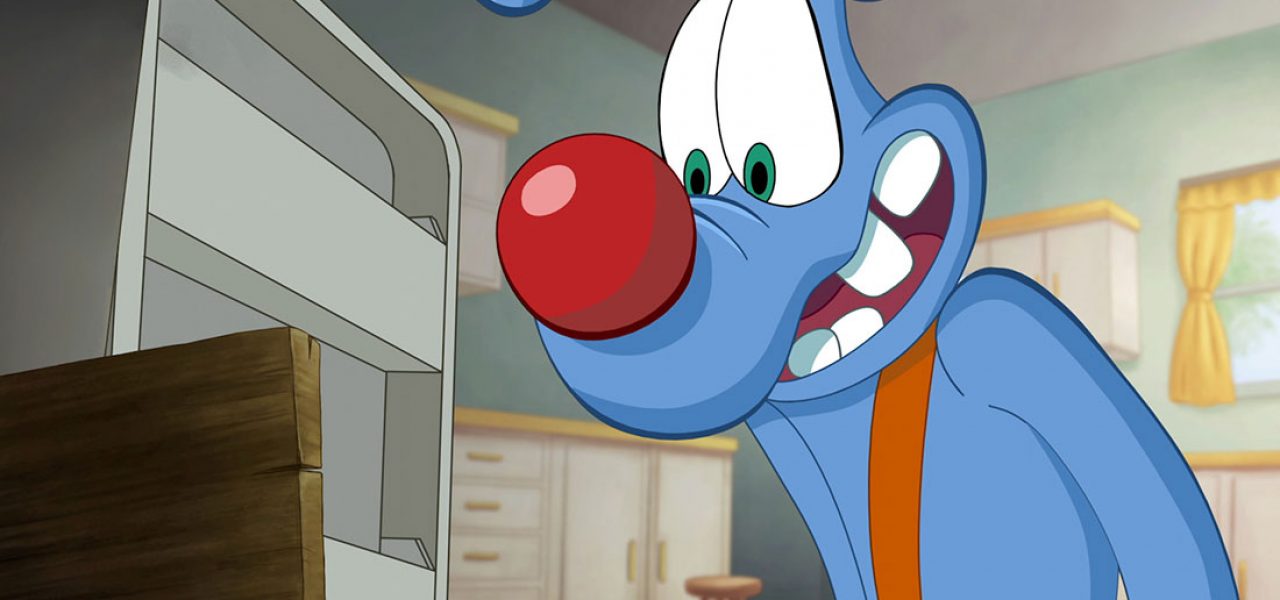
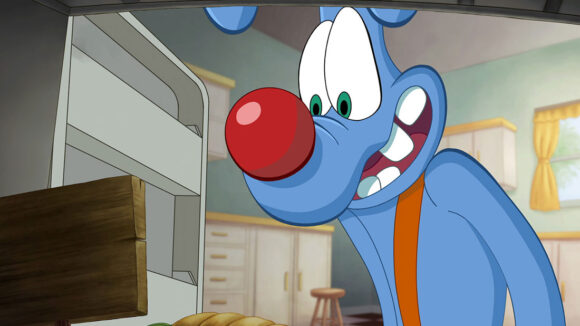
A Carrot Drives A Cartoon Rabbit To Madness In ‘Afterwork’ – Exclusive Online Premiere
Groompy works in cartoons. That is: he is a cartoon, hired to chase magic carrots and plunge from high-rises ad nauseam. The daily grind brings the rabbit to the brink of a nervous breakdown.
This is the premise of Afterwork, by Luis Usón and Andrés Aguilar. Cartoon Brew is exclusively premiering the short film online, after a strong festival run that has taken in screenings at Annecy and Siggraph, a Quirino Awards nomination, and a bunch of other honors. The film deftly flips between the classical Hollywood 2d animation of Groompy’s cartoons and the photorealistic 3d environment in which he really lives. Watch it below.
Afterwork may riff on Chuck Jones cartoons — and the plot of Who Framed Roger Rabbit — but it is the product of three Spanish-speaking studios. The film was produced at Aguilar’s Matte CG studio in Quito, Ecuador, a country that is only beginning to make its presence felt in the broader animation world. Spain’s Uson Studio and Peru’s Apus Studios served as co-producers.
The project was conceived by Usón, a veteran of the cg industry who runs his namesake studio in A Coruña, Spain. Having previously worked at Matte, a company with a strong track record in commercial work, Usón brought Aguilar and his team onboard. The complex production unfolded across continents, underpinned by a sense of camaraderie that’s common in the burgeoning Latin American industry.
Cartoon Brew caught up with Usón and his co-director Aguilar to discuss the project.
What were the inspirations for Afterwork?
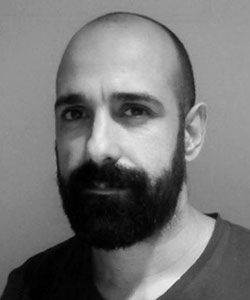
Luis Usón: Afterwork came from multiple ideas and concepts that I had in mind, but there are two fundamental ideas. The first one is that the world of cartoons (especially the classic ones) is much nicer and more tolerable than our reality, where problems, pain, disappointments are the norm.
The other essential idea arose when the project was already in development. I’ve always been a big fan of Chuck Jones’s Wile E. Coyote, and I always watched each episode in the hope that once and for all he would catch that unbearable Road Runner. I realized that there couldn’t be a better metaphor for an alienating repetitive work than a cartoon that has to ceaselessly pursue its nemesis and always ends up failing.
The 3d sequences use real filmed backgrounds. Can you briefly explain your pipeline for these sequences, and describe any challenges they created?
Usón: We wanted to shoot real 1:1-scale sets to give the world as much authenticity as possible, as it was essential that viewers understand that Groompy lives in our reality. I rented an industrial building and built from scratch the apartment that is the main stage. Before working in the cg industry, I worked building sets for live-action movies and tv shows, so I felt very comfortable working that way.
We shot for a very long weekend with a team of four: an actor playing Groompy, a director of photography, an assistant director, and myself. We shot the shot twice. One with the actor (which allowed us to determine the framing and timing) and one without him, to avoid cleaning the plates later. Then we followed the classic vfx workflow: matchmove, layout, animation, simulations, lighting, and compositing.
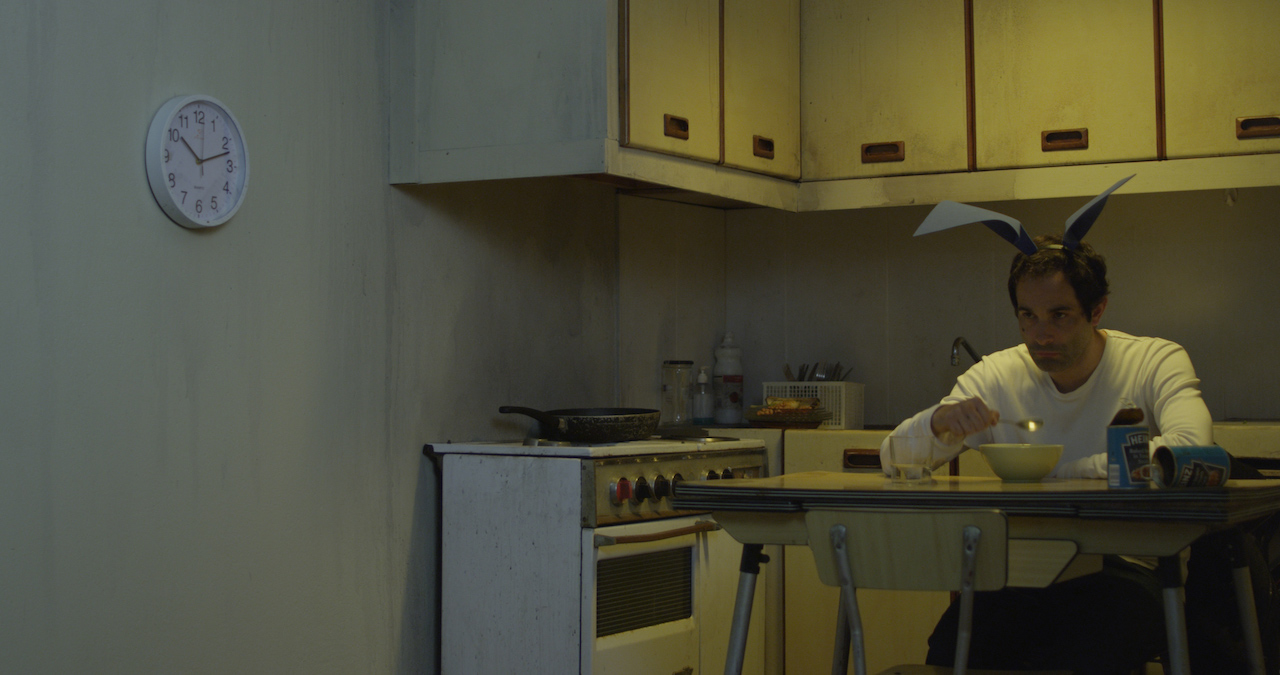
Several months later, when the set no longer existed, we realized that we needed to add a sequence to enrich the short film. It’s the night sequence where Groompy destroys his apartment chasing an imaginary carrot. Since it was impossible to rebuild the apartment, we decided to recreate it in cgi, in the hope that, being a night scene, the viewers wouldn’t notice the trick.
Andrés Aguilar: At the very beginning we had to decide where we were going to shoot. The initial idea was to find a single location that had all the spaces we needed, but that was very difficult. Finally, when Luis found the industrial factory and it was available at a very low price, we decided that the best thing was to build the stage and film those sequences in A Coruña in Spain.
Why did Matte decide to make Afterwork, and what challenges did this project, as a non-commercial work, pose?
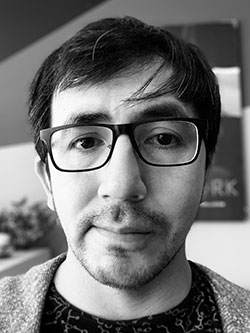
Aguilar: Before Afterwork we were working on a commissioned short film but it was suspended for budget reasons. To overcome frustration, we immediately decided to advance the production of Afterwork. In parallel, another team from the studio worked on Mr. Blue Footed Booby, a smaller short film that was finished a year earlier. It performed well in festivals and online, and this gave us a lot of experience to try to understand the logic of festivals.
Many years ago, we wanted to start producing other types of projects. We felt that we were stuck in the limitations of the local advertising market, and we wanted to prove that we could do other types of projects. We decided that the best way to gain confidence and experience was short films.
The biggest difficulty was the size and the costs that a short film represents — in that timeframe, we were used to making projects of 20 or 30 seconds. But making these shorts was a very good experience to learn how to direct bigger and more complex projects.
How was the production split between Ecuador, Spain, and Peru? Why did you decide to enter into co-production with other studios?
Aguilar: After working with us for a while in Quito, Luis decided to return to Spain. So at the end of 2014, he presented me the idea of making a short film and I thought it was a great plan for Matte. From the beginning, the project was a coordinated work between Ecuador and Spain, where Luis as author and director gave us his notes and advanced in the narrative, and I as co-director coordinated the team to follow the vision of the director.
The creation process was not common since we never had a formal script, and we went directly to work on 2d animatics mixed with 3d. Luis presented many versions of how to tell the story and we discussed [how to improve it]. At the same time we advanced with the creation of the first assets, look and dev tests, rigging, etc.
Once we did the shooting, Luis animated most of the shots in 3d and the rest of the work was done in Ecuador. But as we progressed, creating and polishing the animatics, the story grew; from both places we began to add other artists to help us with the project, such as music, sound effects, and 2d animation.
The 2d animation was the most difficult part for us. We started to test some shots with a single 2d animator at Matte, and realized that this was going to take us maybe a year longer than planned. At the Festival Chilemonos in Chile I met Gabriel Bonilla, who had just founded Apus Studios in Lima. We became friends, and they joined the project to help us finish the 2d animation on the condition that, in the future, we also help in their projects.
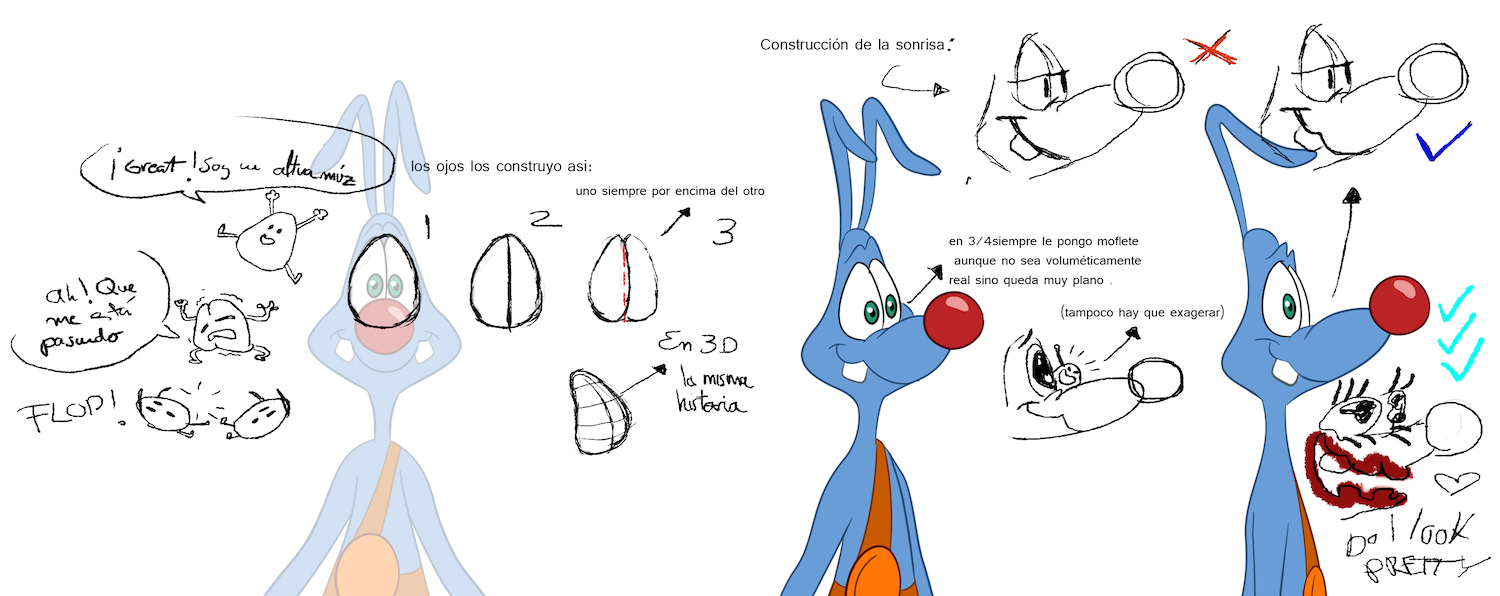
How has Ecuador’s animation industry changed since Matte was founded in 2005?
Aguilar: I am not an expert in the history of animation in Ecuador, but during the 1980s and 1990s there were artists who created several animation projects, but due to economic circumstances many did not advance. It is more or less since 2000, when a new generation of artists begins to [experiment] with cgi and 3d animation, that the local production of animation becomes constant.
Matte was founded with the dream of producing quality 3d animation from Ecuador, and being able to make a living from it. Although our first decade focused on advertising, as they were the only projects we could get, little by little society has begun to recognize local animation. Now there is a new impetus for new projects to be made, and conditions are being created for Ecuador to leap forward and also produce series and feature films.
At this year’s Quirino Awards, Paul Vaca, the ambassador for Ecuador’s animation industry, said the country works particularly closely with other Andean countries, with which it shares a pre-Colombian culture. Do you see this changing in the near future?
Aguilar: Yes, we are all brothers! The reality among the countries of the region is very similar. We share similar stories in our struggles to do animation, so I think we understand each other, and that is why we are open to work together to make more ambitious projects. For example, Matte is currently working on the feature film El libro rojo de Dalia (Dalia and the Red Book). This is an Argentinian, Peruvian, and Ecuadorian co-production, which we hope to release in 2021.
In addition to this, we collaborate more and more between studios either for content projects or to work together in offering services. I think the region has a lot to offer to the world of animation.
Are you preparing more films like Afterwork?
Usón: We are developing a feature film that uses the aesthetics and some of the essential ideas of Afterwork. We have been working on different versions of the script and concept art for at least two years. It’s a very ambitious project, very dramatic, and a deep character study. At the same time, it had really cool visuals and a plot with touches of psycho-thrillers.
Aguilar: While those things are happening, I’m in the middle of the production on Matte’s third short film, and also our first experience in vr — both projects in collaboration with Spain and Mexico.
(This interview was conducted by email, and has been lightly edited for brevity and clarity.)

.png)